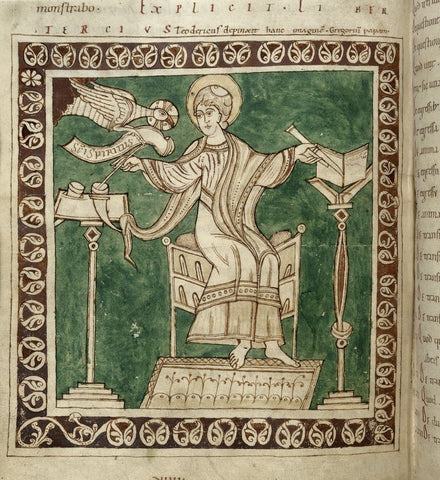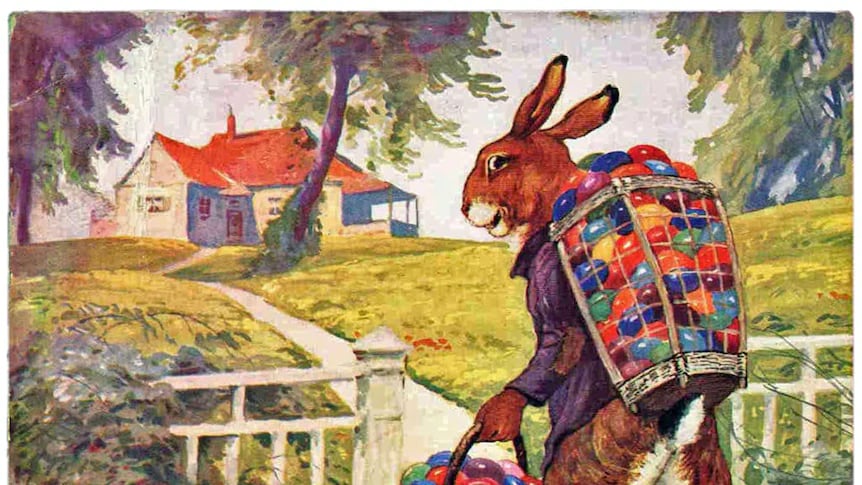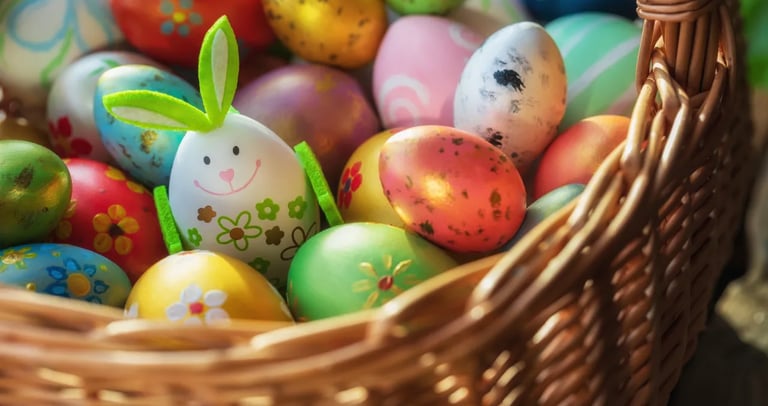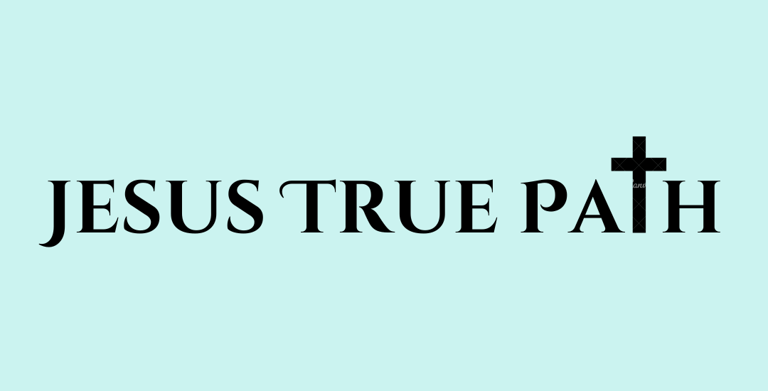The Origins of Easter: A Blend of Pagan and Christian Traditions
CHRISTIAN HOLIDAYS


Easter, a Christian holiday celebrated worldwide, has a rich history that dates back centuries. While it is primarily associated with the resurrection of Jesus Christ, the origins of Easter can be traced back to pre-Christian spring festivals that celebrated fertility and the renewal of life. These ancient pagan traditions, with their symbols and practices, have influenced the way Easter is celebrated today.
The Pagan Origins
Long before the advent of Christianity, ancient civilizations celebrated the arrival of spring with various pagan festivals. These festivals marked the end of winter and the beginning of a new season of growth and abundance. Many of the symbols and customs associated with Easter today find their roots in these ancient celebrations.
One of the most prominent symbols of Easter is the egg. In pagan traditions, eggs were seen as a symbol of fertility and new life. They were often decorated and exchanged as gifts during spring festivals. The egg, with its hard exterior and the potential for new life inside, became a powerful symbol of rebirth and renewal.
Another symbol closely associated with Easter is the rabbit or hare. In pagan mythology, these animals were associated with fertility due to their ability to reproduce rapidly. The goddess Eostre, from whom the name "Easter" is believed to have originated, was often depicted with a hare by her side. The association of rabbits with Easter can be traced back to these ancient beliefs.


The Christian Adaptation
As Christianity began to spread and gain influence, it encountered various pagan traditions and symbols. Rather than completely eradicating these customs, the early Christian leaders chose to adapt and incorporate them into their own religious practices.
The celebration of Easter as the resurrection of Jesus Christ was established by early Christian communities. They saw a parallel between the resurrection of Jesus and the symbolism of new life and rebirth found in the pagan spring festivals. By integrating these pagan symbols and customs, Christianity was able to appeal to a wider audience and facilitate the conversion of pagan communities.
For example, the egg, which had long been a symbol of fertility and new life, took on a new meaning within the Christian context. Christians began to associate the egg with the resurrection of Jesus, seeing it as a representation of the tomb from which he emerged. The practice of decorating eggs became a way to commemorate the resurrection and the promise of eternal life.
Similarly, the rabbit or hare became associated with Easter in Christian traditions. The rapid reproduction of rabbits was seen as a symbol of the abundant new life that Jesus brought through his resurrection. The hare, which was already linked to fertility in pagan mythology, seamlessly transitioned into the Christian narrative of Easter.


Easter Today
Over the centuries, Easter has evolved into a holiday that blends both pagan and Christian traditions. While the religious significance of Easter remains central for Christians, many of the customs and symbols have become secularized and are enjoyed by people of various faiths and backgrounds.
Today, Easter is celebrated with various activities and traditions, including Easter egg hunts, where children search for hidden eggs, often filled with candy or small gifts. The Easter Bunny, a beloved character in many cultures, is often depicted as a friendly rabbit who delivers eggs and treats to children.
Church services, particularly on Easter Sunday, commemorate the resurrection of Jesus and the triumph of life over death. Many Christians also observe a period of fasting and reflection known as Lent in the weeks leading up to Easter.
While the origins of Easter may have pagan roots, its association with the resurrection of Jesus Christ has given it profound significance within the Christian faith. The blending of pagan symbols and customs with Christian traditions has created a unique and vibrant holiday that continues to be celebrated around the world.
Conclusion
Easter's origins are deeply intertwined with pagan spring festivals that celebrate renewal, fertility, and the equinox. The incorporation of pagan symbols, such as eggs and rabbits, into Christian traditions allowed for the integration of these customs into the celebration of Easter as the resurrection of Jesus Christ. Today, Easter is a holiday that blends both pagan and Christian traditions, symbolizing new life, rebirth, and the triumph of life over death.


